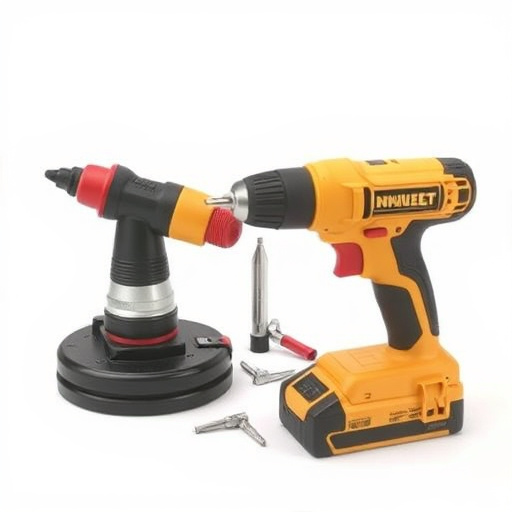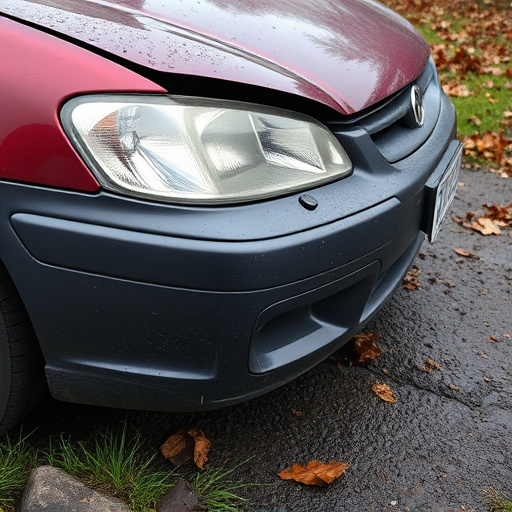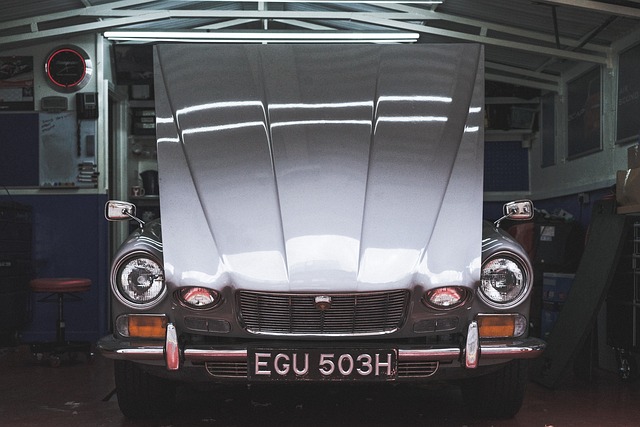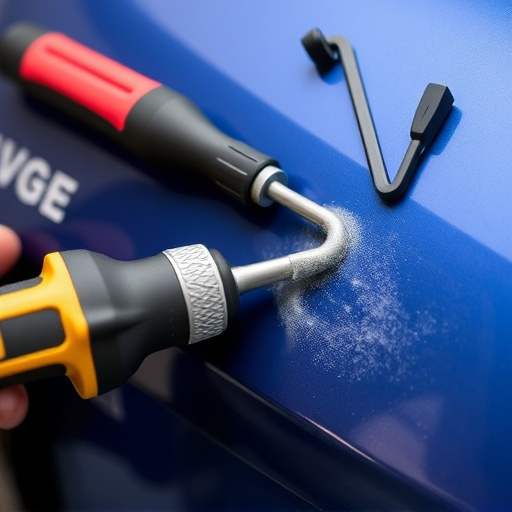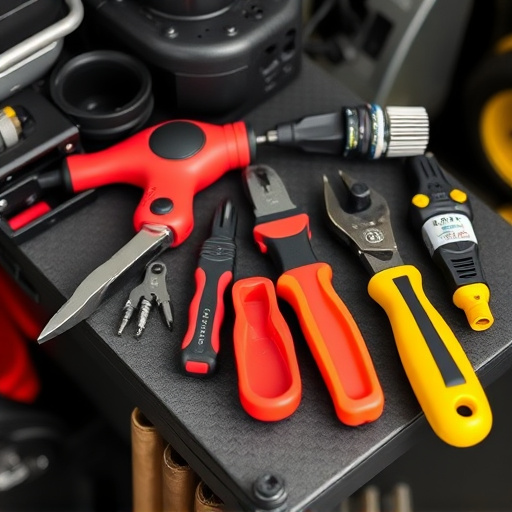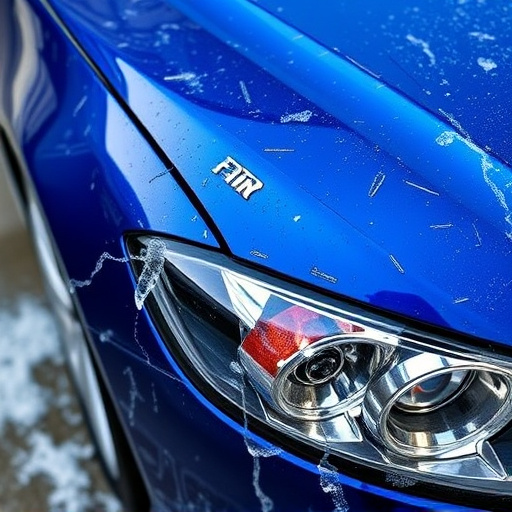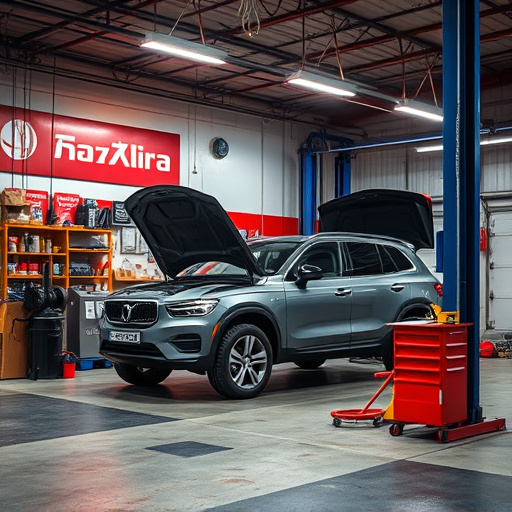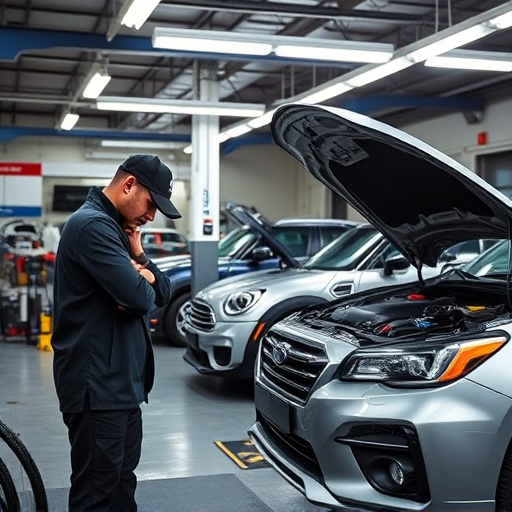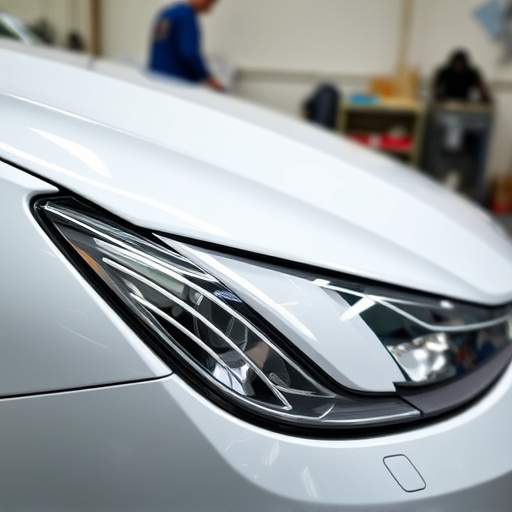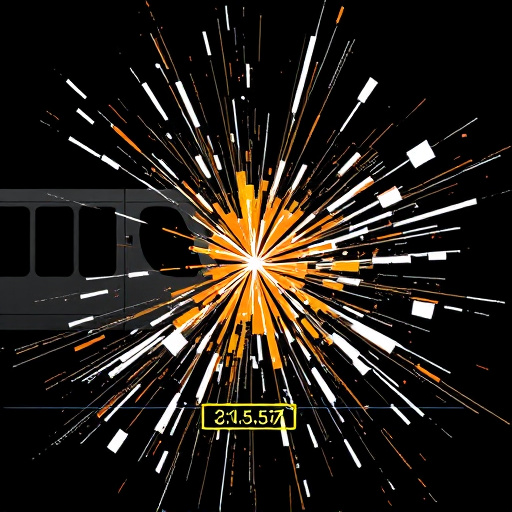A post-repair insurance inspection is a critical step in vehicle restoration, ensuring repairs meet industry standards and policyholder expectations. Conducted by adjusters or trained professionals, this process includes both visual examinations and functional testing to verify part quality, workmanship, alignment, and component functionality. Common issues like misaligned panels, poor craftsmanship, paint mismatch, and inconsistent finish can be prevented through adherence to manufacturer specs, proper technician training, high-quality parts, advanced painting techniques, and regular training on latest technologies.
Post-repair insurance inspections are crucial steps in ensuring your property is protected after renovation or repair work. This comprehensive guide explores what these inspections entail, highlighting their significance in identifying potential issues and securing compensation from insurers. We break down the process step-by-step, equip you with knowledge on common post-repair problems, and offer prevention strategies. By understanding post-repair insurance inspections, homeowners can navigate repairs with confidence, knowing their investments are safeguarded.
- Understanding Post-Repair Insurance Inspection: What It Covers and When It's Necessary
- The Step-by-Step Process of Conducting a Comprehensive Post-Repair Inspection
- Common Issues Identified During Post-Repair Insurance Inspections and How to Prevent Them
Understanding Post-Repair Insurance Inspection: What It Covers and When It's Necessary

A post-repair insurance inspection is a crucial step in the vehicle restoration process, especially when dealing with complex auto bodywork or a trip to the vehicle body shop. This meticulous review ensures that any repairs made are up to par and aligned with the policyholder’s expectations. It covers a wide range of services, from checking the quality of parts used in the repair to verifying the precision of the workmanship.
During this inspection, insurance adjusters or trained professionals assess whether the auto bodywork meets industry standards and specifications. They examine every detail, from the alignment of panels to the functionality of components, to ensure the vehicle’s safety and performance are not compromised. This process is particularly necessary when significant damage has been done or intricate restoration work is involved, ensuring that the vehicle is restored accurately and according to the policy coverage.
The Step-by-Step Process of Conducting a Comprehensive Post-Repair Inspection

Conducting a comprehensive post-repair insurance inspection is a meticulous process designed to ensure the quality and accuracy of auto body work. It begins with a thorough visual examination, where the inspector meticulously reviews every detail of the repaired area, looking for any signs of subpar workmanship or discrepancies. This includes checking paint consistency, alignment of panels, and the overall aesthetic integrity of the vehicle.
Next, functional testing is performed to verify that all components, from lights and signals to mechanical systems, operate as they should after the auto dent repair or auto body work. Using specialized tools and diagnostic software, the inspector ensures that sensors, switches, and control units are functioning optimally. This step is crucial for identifying any potential issues that may have been overlooked during the initial repair process in the auto shop.
Common Issues Identified During Post-Repair Insurance Inspections and How to Prevent Them
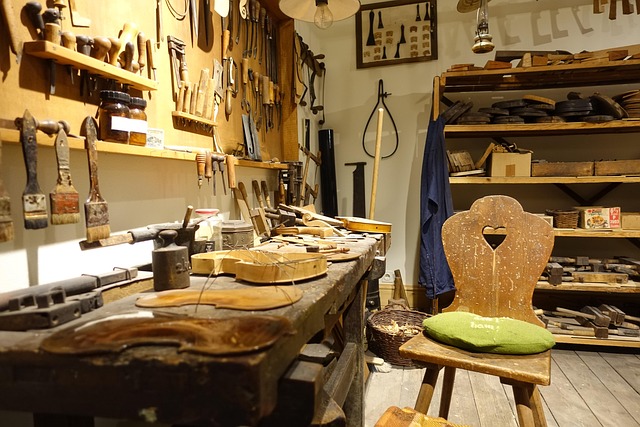
During post-repair insurance inspections, several common issues are often identified across various vehicle makes and models, including Mercedes Benz repairs at auto repair shops. One prominent concern is the misalignment of panels or poor craftsmanship in body work. This can be prevented by ensuring that all repairs adhere to manufacturer specifications and industry standards. Proper training for technicians and using high-quality parts are key factors in minimizing this issue.
Another frequent problem involves paint mismatch or inconsistent finish quality, which can occur if the car damage repair isn’t executed meticulously. To avoid this, auto repair shops should employ advanced painting techniques and use computer-matched paints to ensure a seamless finish that matches the vehicle’s original color perfectly. Regular training on the latest painting technologies and maintaining well-equipped paint booths will go a long way in preventing such defects during post-repair insurance inspections.
A thorough post-repair insurance inspection is an indispensable step in ensuring both property owners and insurance providers are protected. By following a structured process and addressing common issues, you can minimize risks and disputes, fostering a fair and efficient claims resolution process. Remember, a well-conducted post-repair inspection is the cornerstone of a robust insurance policy, safeguarding against unforeseen repairs and promoting trust between all parties involved.
